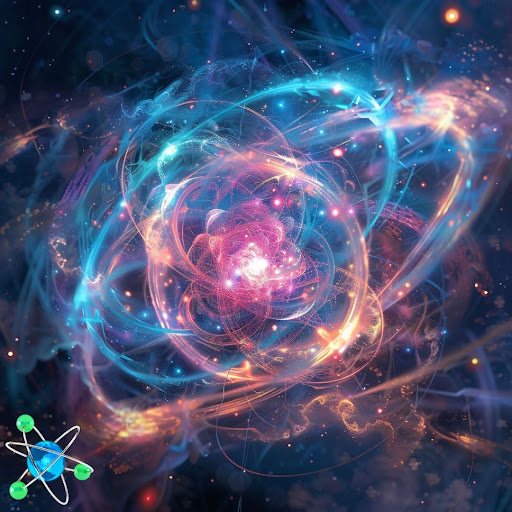
- Molten salt reactors (MSRs) represent a transformative advancement in nuclear power technology, leveraging liquid fuel and coolant to operate at high temperatures, offering potential applications beyond electricity generation.
- Despite originating from research in the 1950s, commercial deployment of MSRs has yet to occur, but recent advancements in countries like Canada, China, and the US suggest a shift towards realization, marked by milestones such as successful pre-licensing vendor design reviews.
- MSRs hold promise for addressing challenges of achieving net-zero carbon emissions by 2050, offering benefits such as smaller waste footprints, enhanced safety features, and potential contributions to industrial processes like hydrogen production, yet hurdles remain in safety standards, supply chain development, and comprehensive accident scenario analyses.
Molten salt reactors (MSRs) represent a significant advancement in nuclear power technology with the potential to address the challenges of achieving net-zero carbon emissions by 2050. Originating from research conducted at Oak Ridge National Laboratory (ORNL) in the 1950s, MSRs have undergone decades of development, culminating in experiments such as the Molten-Salt Reactor Experiment (MSRE) in the 1960s, which validated the feasibility of this innovative approach.
Unlike conventional water-cooled reactors, MSRs utilize molten salts both as coolants and, in some designs, as fuels. This unique feature offers numerous advantages, including the ability to operate at exceptionally high temperatures, making them ideal for applications beyond electricity generation, such as industrial processes like hydrogen production.
Despite their promise, commercial deployment of MSRs has yet to materialize. However, recent advancements suggest that this may soon change. Countries like Canada, China, and the US are making significant strides in MSR development, with some projects nearing deployment readiness. For instance, a molten salt-based small modular reactor (SMR) concept in Canada recently passed a crucial pre-licensing vendor design review, marking a significant milestone in MSR development.
The potential benefits of MSRs extend beyond their high-temperature operation. They offer advantages such as smaller high-level waste footprints, passive safety features, and improved proliferation resistance, particularly when utilizing thorium-232 and uranium-238 as fuel sources.
However, several challenges must be addressed before MSRs can be commercially deployed on a large scale. These include the establishment of safety standards, development of supply chains for MSR-specific reactor components, and comprehensive analyses of potential accident scenarios unique to MSRs.
To support the development and deployment of MSRs, organizations like the International Atomic Energy Agency (IAEA) play a crucial role. Through initiatives like the Nuclear Harmonization and Standardization Initiative (NHSI) and platforms like the Advanced Reactors Information System (ARIS), the IAEA facilitates collaboration and knowledge-sharing among stakeholders.
In conclusion, while MSRs hold great promise for advancing nuclear power and contributing to global efforts to combat climate change, further research, collaboration, and investment are needed to overcome remaining challenges and realize their full potential in the energy landscape of the future.
